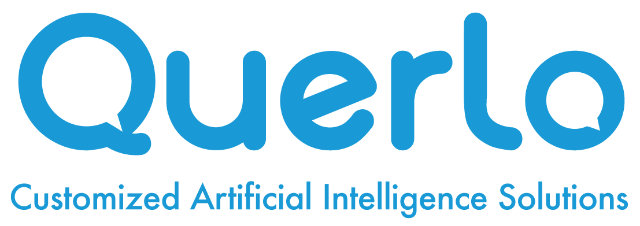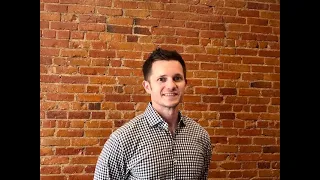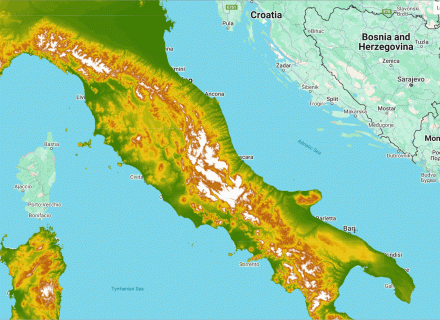Intro
AI in HR on Mars! Recently, Francesco Rulli, CEO of Querlo, talked with Thomas Doescher, Workday Consultant at Kognitiv Inc. and recent Master’s of Science Graduate in Human Capital Analytics and Technology at NYU. They had an interesting conversation about AI in NYU HR and a graduate program Doescher just completed with his degree.
AI with Kognitiv
As a Workday Consultant at Kognitiv Inc. in Boston, MA, Doescher works mostly on the HCM side of Workday, an ERP platform with key finance and payroll aspects. He works mostly on the HR side of things. He notes how, in the past few years chatbots and artificial intelligence have become increasingly popular; Workday has its own HR Assistant as companies try to stay local, but Doescher wants to introduce methods for scalability.
Project on Mars
Quickly, the conversation moves to Doescher’s final project as a Human Capital Analytics and Technology graduate student. Rulli was especially interested as the students utilized Querlo’s Chatbot Studio to create their own chatbots. Doescher’s class was tasked with providing HR Assistance for a fictional company named Futureco that was moving their operations to Mars to establish and colonize; specifically, Doescher’s team was responsible for handling the Learning and Development, and Offboarding processes for incoming and outgoing Futureco employees. He states how the purpose of the company on Mars was to encourage the students to ‘think outside the box’…literally out of this world! Rulli comments on the relevance of such a project with current real company CEO’s sponsoring trips to Mars.
Building the Chatbot
Subsequently, Doescher carefully outlines the steps he and his team followed to create the chatbot to better handle their task. Surprisingly, most of the work, he says, was related to researching the process of development and deciding the chatbot’s conversation-level. The team discussed at length whether the majority of the questions should be boolean answers (yes/no questions) or whether the chatbot should allow for multiple different answers. This presented the tradeoff the group faced between guiding the conversation (via boolean values) but keeping it limited, or letting it be more free-flow (via multiple answer choices). Relatedly, Rulli comments on the throwback background design and the team’s use of sentiment recognition technology.
Conclusion
To conclude this interesting discussion of artificial intelligence, Doescher displays the Backend of the chatbot he created and remarks that his major takeaway of the project is that he is now confident he can create his own chatbot. Rulli responds positively saying that that is the goal he hopes to achieve by providing the Querlo Chatbot Assembly Line; he ends by saying he hopes that NYU continues to utilize Querlo in their innovative project creation.


